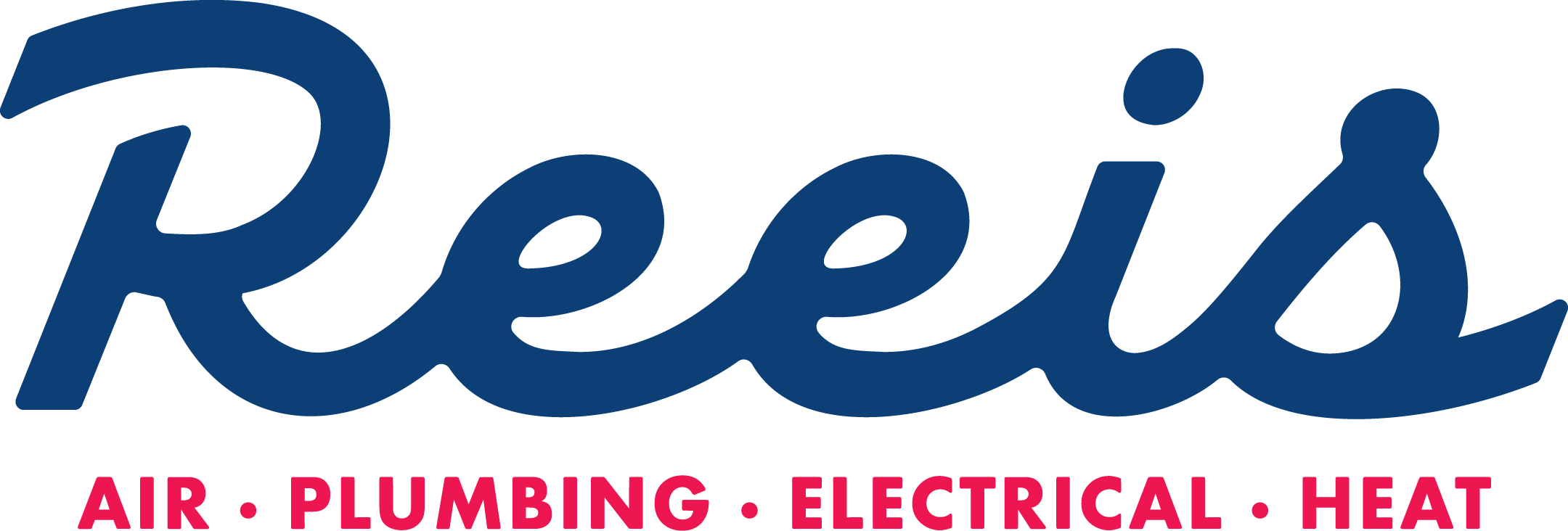A home performs as a system with relationships between all of its components. The better the relationship between all its components, the higher efficiency rating your home will have. Not only will you have lower energy bills, but your home will also be healthier for your family.
Here are the six components that determine how your home performs:
1. Air Flow
Airflow, ductwork and air distribution are critical to a home’s performance. NCI studies have shown that airflow issues associated with poorly installed or designed duct systems account for 43% loss in heating and cooling delivery. You read that correctly. The average home losses 43% of its A/C – heating systems capacity.
Fixing a home’s airflow and air distribution can have a dramatic impact on your home’s comfort and energy efficiency.
2. Duct Leakage
A/C – heating system duct leakage causes:
- Lose conditioned air before entering the home
- Intakes hot polluted attic air post filter
- Raises the air temperature of the intake air forcing the A/C – heating system to work harder & lose capacity
- Increases the wear and tear of your A/C – heating system
- Creates poor indoor air quality
Sealing your duct system can be a relatively inexpensive improvement but requires a knowledgeable expert to assess the impact on air flow.
3. A/C – Heater
Your home’s air conditioning and heating system:
- Requires proper maintenance
- Wears out
- Becomes less efficient and loses output over time
Newer HVAC equipment is significantly more energy efficient than older equipment.
4. Insulation
Insulation is an important part of a home’s performance. Insulation works with other building components to maintain comfort while keeping the cost of heating and cooling down. Insulation is a critical function in the prevention of heat transfer from conditioned and unconditioned space. Without proper heat transfer management, a home’s performance will be dramatically impacted.
When analyzing insulation, a homeowner must understand that there are two critical components:
The failure rate of the insulation
Amount of insulation
5. Air Sealing
Houses should be sealed to prevent air transfer. Leaky homes cause:
- Loss of conditioned air
- Drafts
- Attic and other polluted air into the home
- Air quality concerns
Houses can be too tight and cause indoor air quality concerns. Controlling a home’s air exchange rate is important to your family’s health and safety.
6. Pressure
Pressure is critical to a home’s performance and is rarely understood.
Examples of pressure concerns:
- A high bedroom pressure typically suggests a room does not cycle air back into the A/C – heating system and will cause comfort problems
- Negative room pressures in the presence of a water heater or combustible appliance could be dangerous and even life-threatening
- Negative room pressures will cause polluted attic air from entering the home
- Positive room pressure will cause conditioned air to leak from the home
REEis takes a whole-house approach to improve your home’s comfort and energy efficiency. Our goal is to deliver guaranteed comfort and performance solutions. To do so, we evaluate your entire house.









